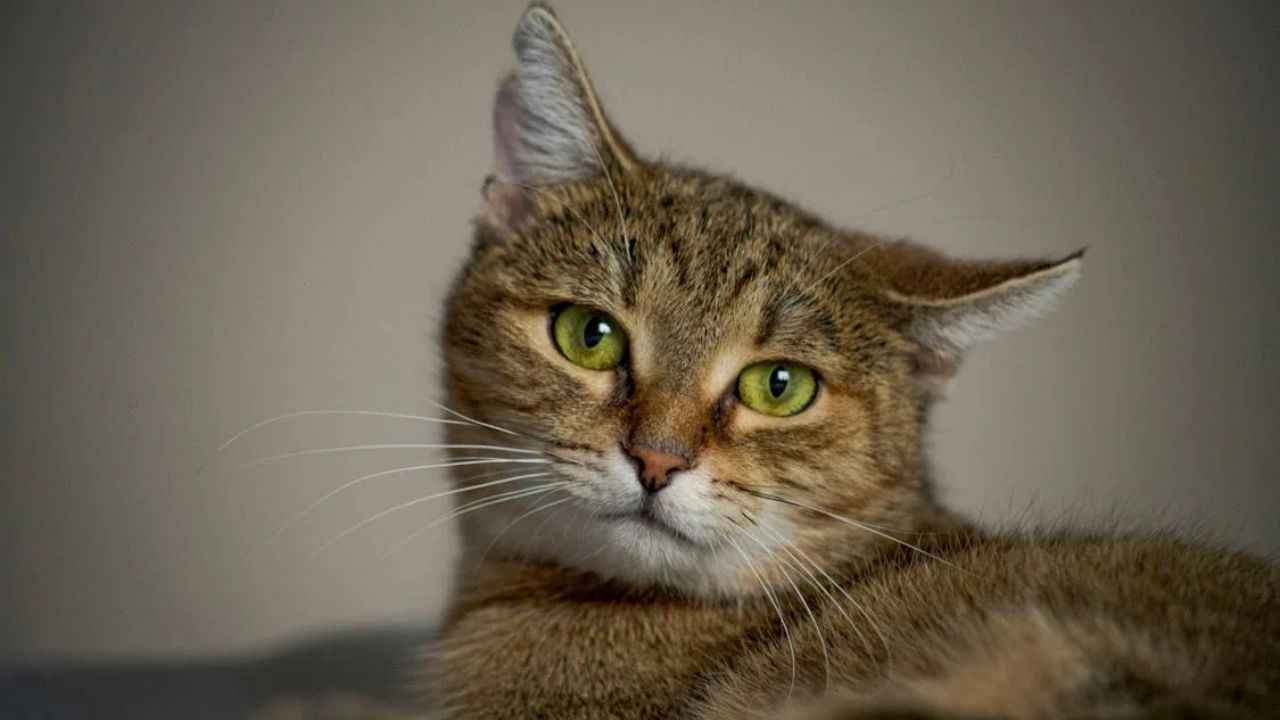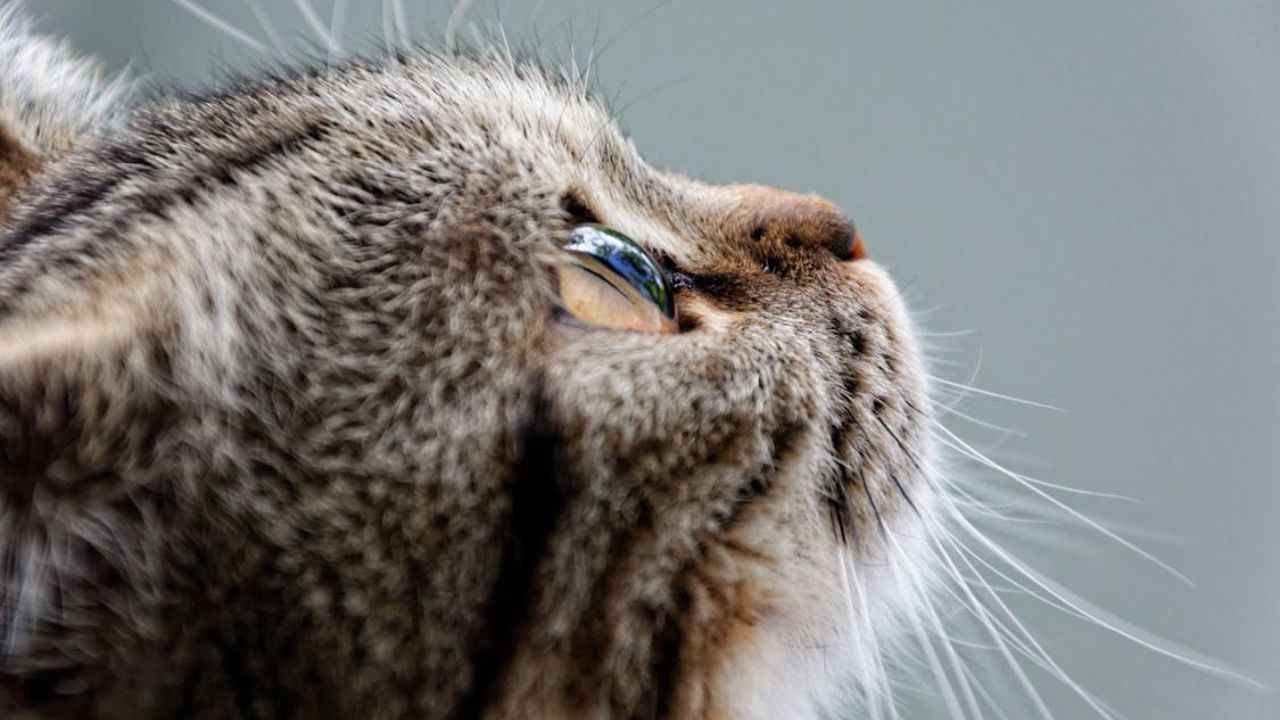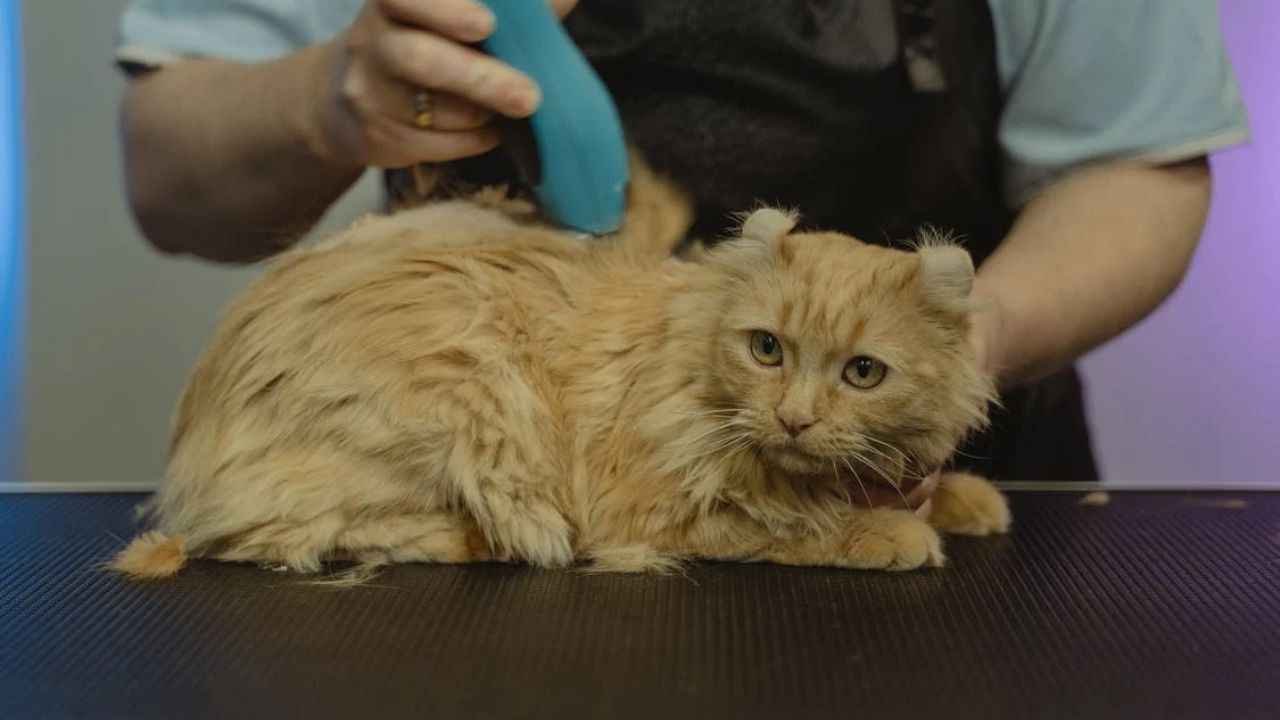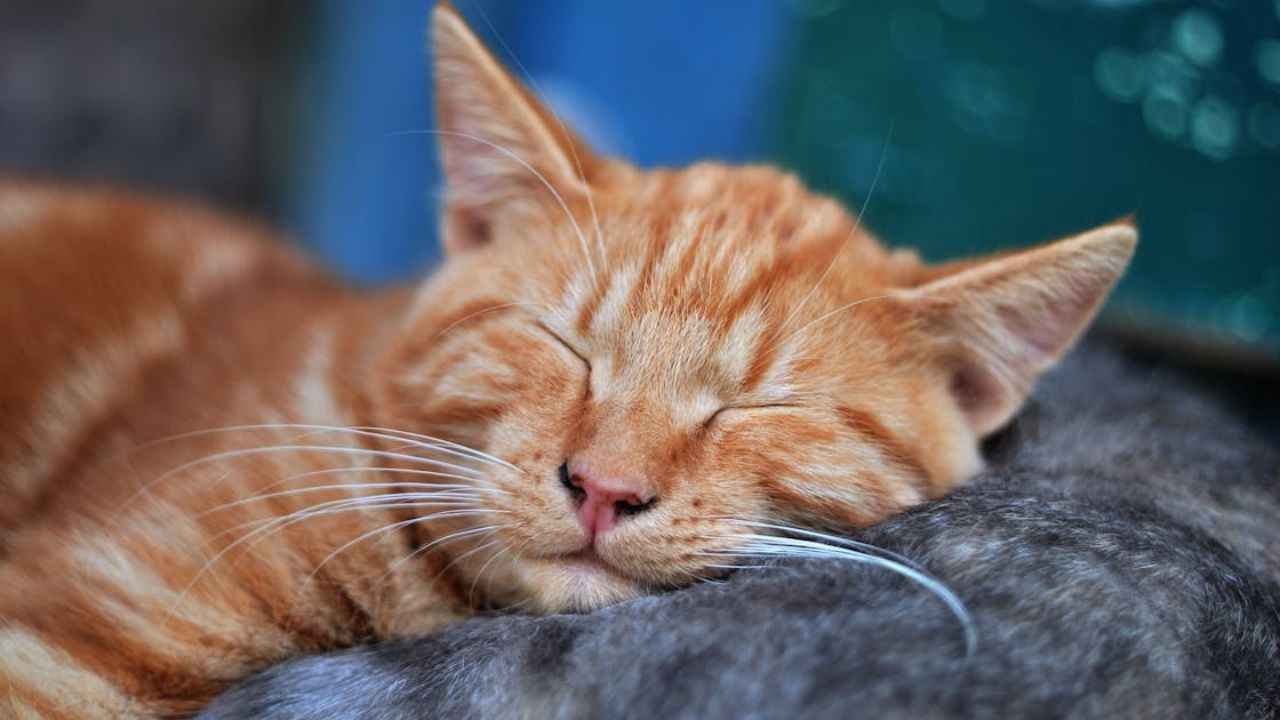Cats, those enigmatic creatures that grace our homes with their elegance and affection, possess a captivating repertoire of vocalizations that convey a wide range of emotions, intentions, and needs. Among these vocalizations, the purr stands out as a distinctive and endearing sound that has long intrigued cat lovers and scientists alike.
While the gentle vibrations of a cat’s purr often evoke feelings of contentment and tranquility, the intensity and context in which it occurs can vary significantly, offering valuable insights into a cat’s emotional state and overall well-being. In this comprehensive guide, we delve into the multifaceted nature of cat purring, exploring the various meanings behind different purring patterns, volume, and duration.
The Science Behind Purring
The unique ability to purr is an intrinsic characteristic of Felidae, the family to which all domestic cats belong. Cats produce purring sounds through the rapid contraction and relaxation of their laryngeal and diaphragm muscles, resulting in vibrations that resonate throughout their body and are amplified through their chest cavity.
Purring is a complex physiological process that involves coordination between the nervous system, respiratory system, and cardiovascular system. It is primarily regulated by the hypothalamus, a region of the brain responsible for controlling essential functions such as body temperature, hunger, sleep-wake cycles, and emotional responses.
The Meaning of a Loud Purr
The volume of a cat’s purr can provide valuable clues about their emotional state and intentions. While soft, gentle purring is often associated with contentment and relaxation, a loud purr can signal more intense emotions or specific needs.
1. Intense Affection or Bonding:
Cats may emit loud purrs when they are feeling particularly affectionate towards their owners or other feline companions. This heightened purring serves as a form of communication, expressing their desire for attention, cuddles, or play.
2. Seeking Comfort or Security:
In times of stress, anxiety, or discomfort, cats may resort to loud purring as a self-soothing mechanism. The vibrations generated by purring have been shown to stimulate the release of endorphins, which have calming and pain-relieving effects.
3. Hunger or Thirst:
Cats may also use loud purring to communicate their need for food or water. This behavior is particularly common in kittens and older cats who may have difficulty physically accessing their necessities.
4. Pain or Illness:
In certain cases, a loud purr can be a sign of underlying pain or illness. Cats may purr loudly to mask discomfort or to seek comfort from their owners. If your cat’s purring is accompanied by other symptoms such as lethargy, loss of appetite, or changes in vocalization, it is advisable to seek veterinary attention promptly.
5. Flehmen Response:
Some cats may engage in a behavior known as the flehmen response, which involves curling their upper lip and inhaling deeply through their nose. This response is often accompanied by a loud purr and is typically triggered by the presence of unfamiliar or interesting scents.
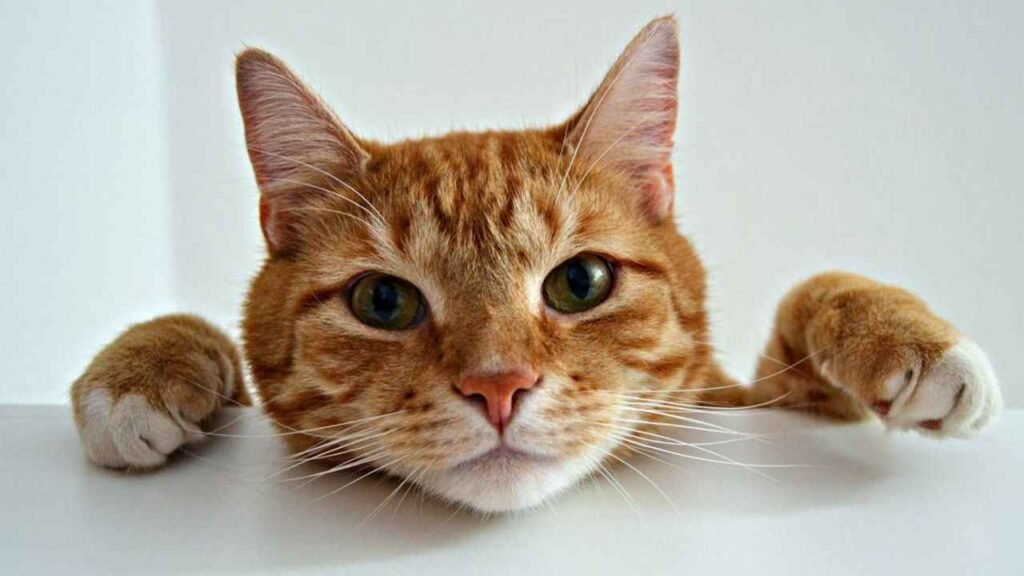
Differentiating Between Normal and Excessive Purring
While purring is generally considered a positive and healthy behavior, excessive or persistent purring can sometimes be a cause for concern. If your cat’s purring becomes abnormally loud, prolonged, or occurs in unusual situations, it is important to observe their overall behavior and seek veterinary advice if necessary.
Conclusion
The loud purring of a cat is a complex and multifaceted vocalization that conveys a wide range of emotions, intentions, and needs. By understanding the different meanings behind varying purring patterns, volume, and duration, we can gain deeper insights into our feline companions’ inner worlds and provide them with the care, attention, and support they deserve.
Remember, cats are unique individuals, and their purring behavior can vary depending on their personality, circumstances, and overall health. If you have any concerns about your cat’s purring or any other aspect of their behavior, do not hesitate to consult with your veterinarian for professional advice and guidance.
| How to Keep Indoor Cats Entertained |
| How to Help a Stressed Cat Adjust to a New Home |
| Why Does My Cat Meow at Night? Understanding Your Cat’s Feelings |
Frequently Asked Questions
1. Why does my cat purr loudly?
Cats purr for various reasons, including contentment, communication, and self-soothing.
2. Is it always a sign of happiness when a cat purrs loudly?
No, while purring is often associated with contentment, it can also indicate pain, stress, or illness.
3. What should I do if my cat purrs loudly and seems uncomfortable?
Take your cat to the vet for a checkup to rule out any underlying medical issues.
4. How can I tell if my cat is purring out of contentment?
Observe their body language; relaxed posture, slow blinking, and raised tail indicate contentment.
5. What does it mean when a cat purrs loudly and rubs against you?
This is a sign of affection and trust; they are marking you as their territory.
6. Can a cat’s purring frequency have different meanings?
Yes, higher-frequency purrs are typically associated with contentment, while lower-frequency purrs can indicate discomfort or illness.
7. Why do some cats purr more loudly than others?
Purring volume is influenced by genetics, breed, and individual personality.
8. Can a cat’s purring have therapeutic benefits for humans?
Yes, studies have shown that cat purring can reduce stress, lower blood pressure, and promote relaxation.
9. What should I do if my cat suddenly starts purring loudly?
Observe their behavior and environment to determine if they are experiencing pain or discomfort. If you have concerns, consult a veterinarian.
10. Is it possible for a cat to purr without making any sound?
Yes, some cats engage in “silent purring” where they vibrate their vocal cords but do not produce audible sounds.

